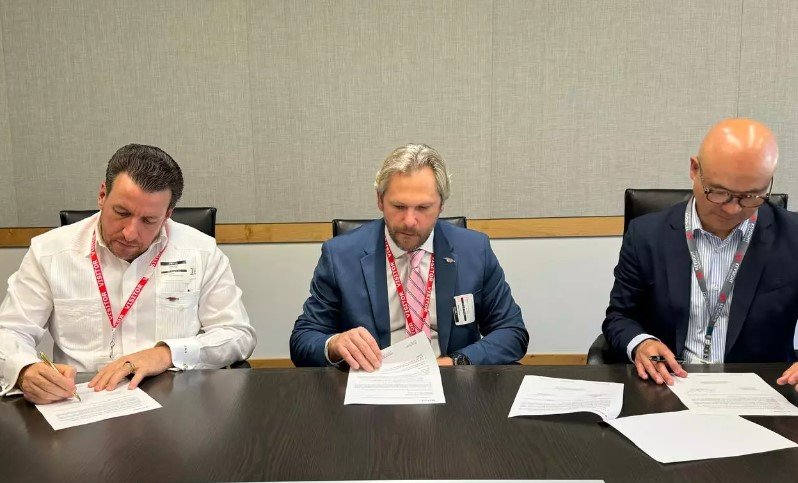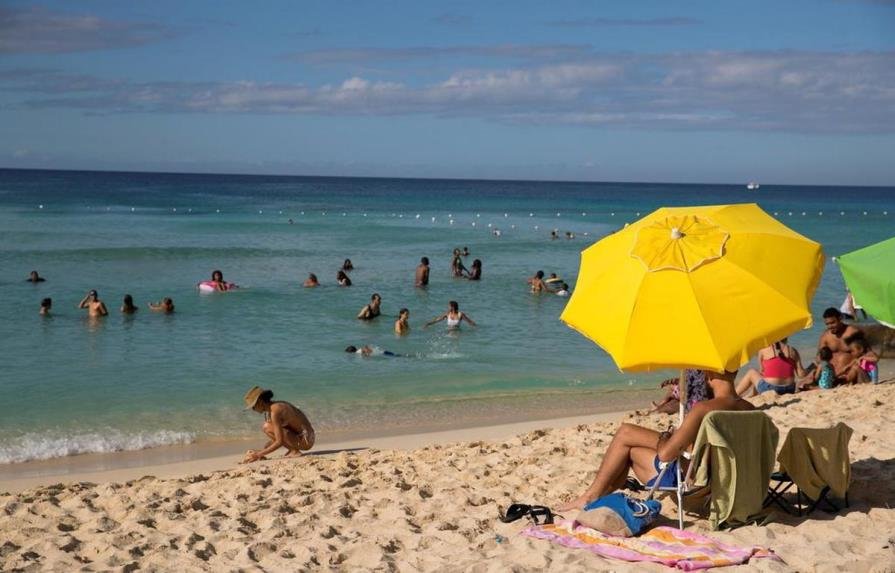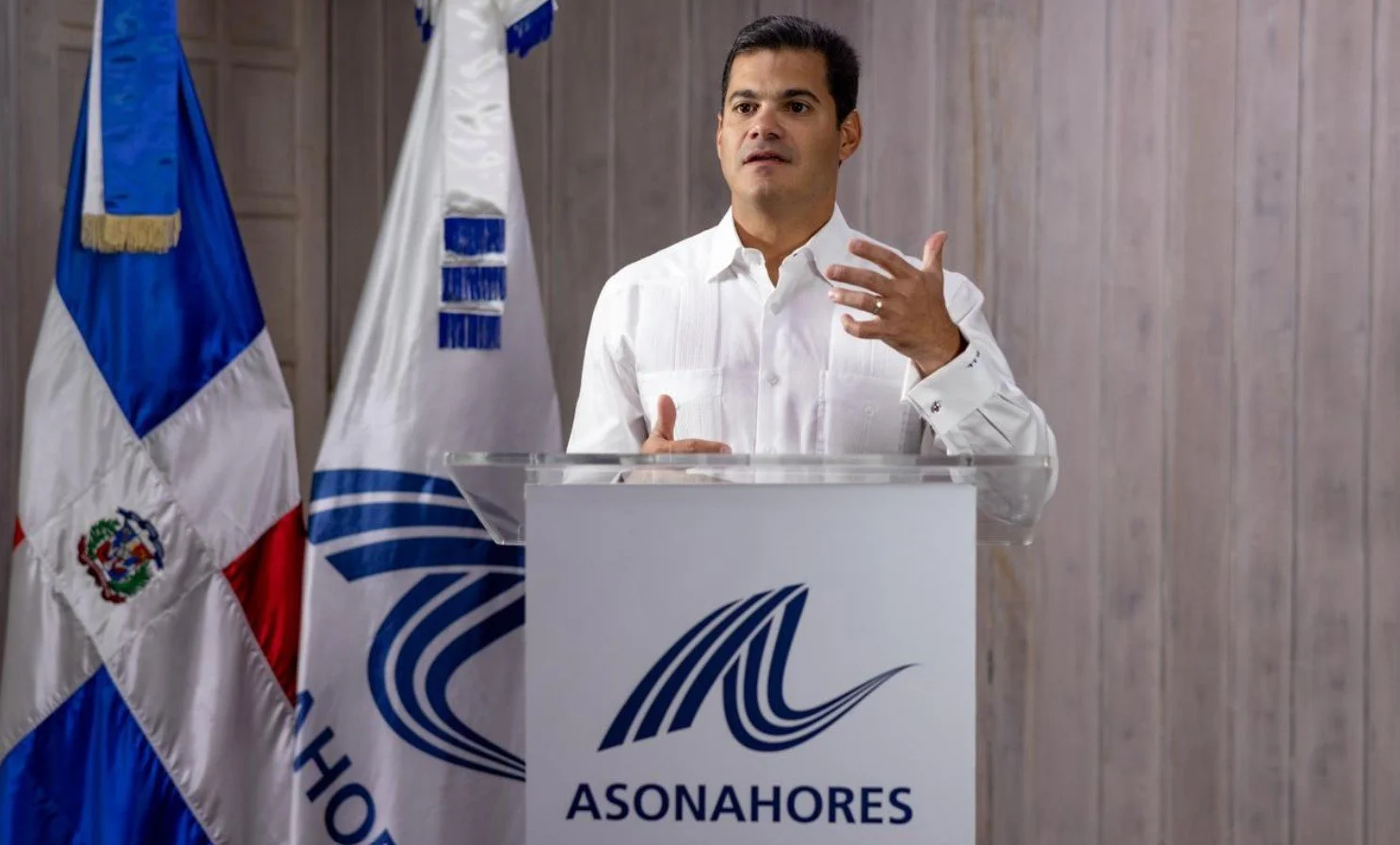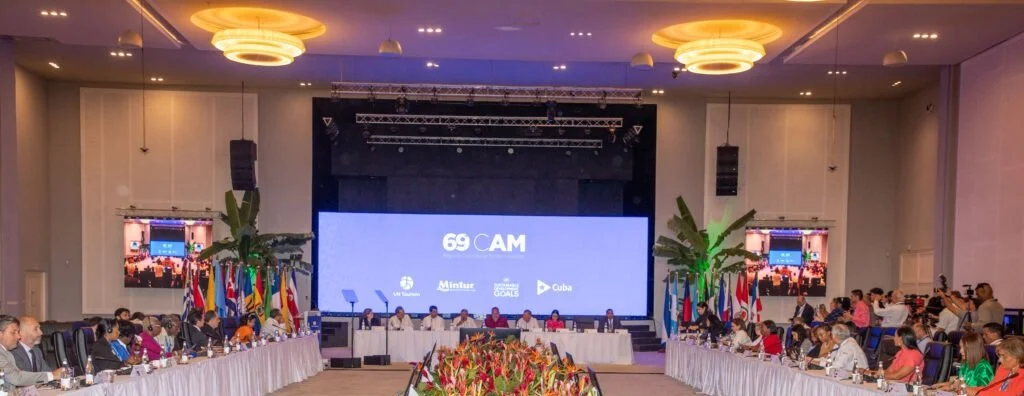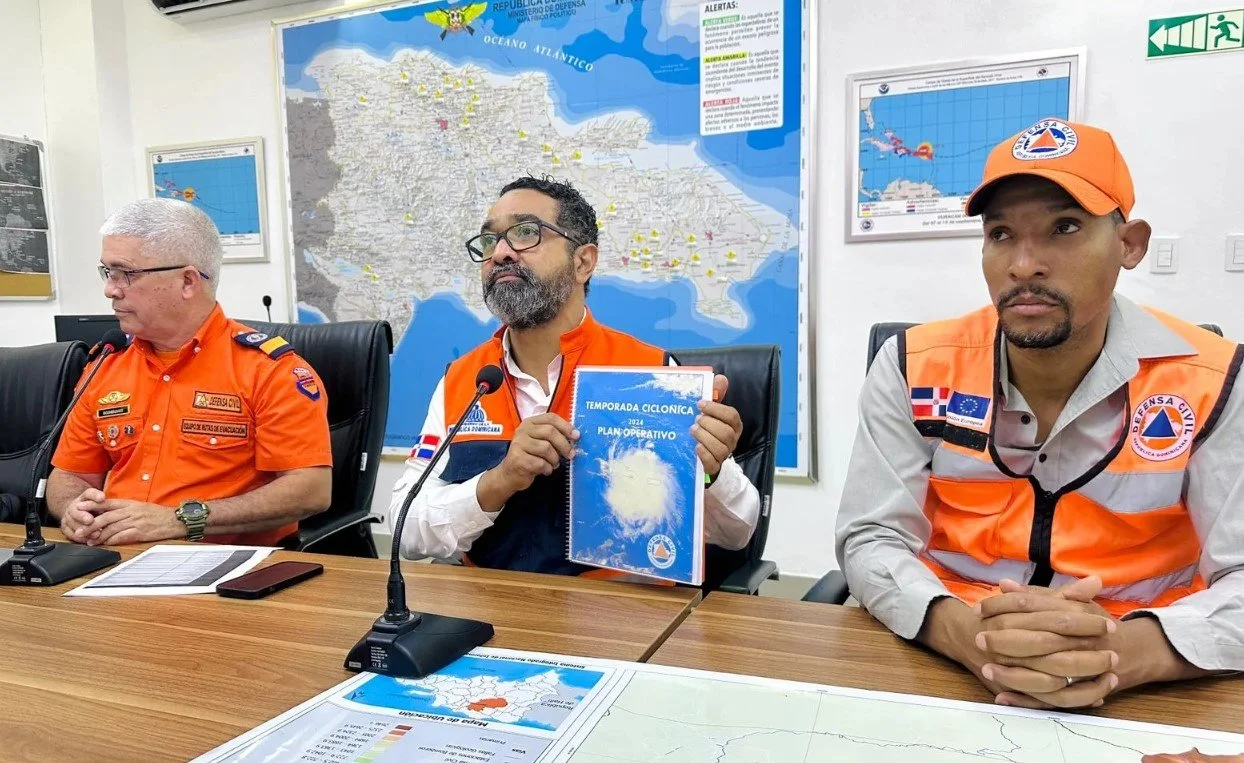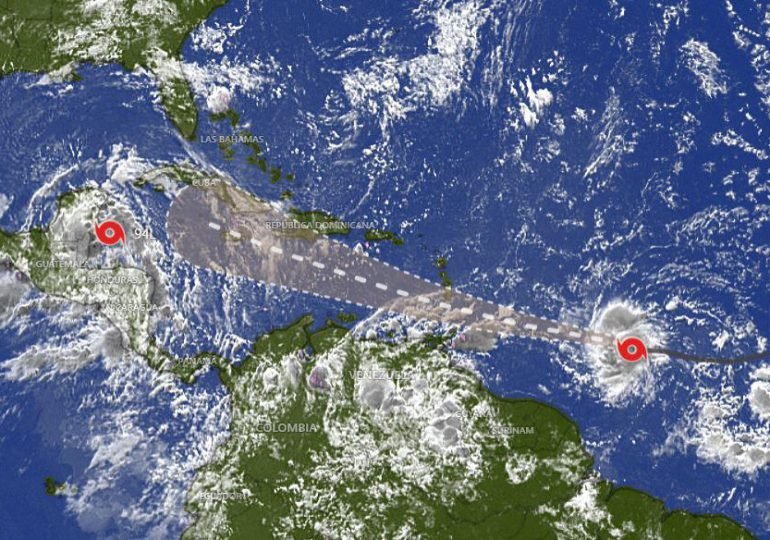Santo Domingo—According to the preliminary report published last Thursday by the 10th National Population and Housing Census, 3,694,060 dwellings are occupied in the Dominican Republic.
According to the data, this represents 83.7% of the total number of dwellings in the Dominican Republic. The preliminary report shared by the National Statistics Office (ONE) does not specify the number of occupied and unoccupied dwellings in the country.
This figure registers an increase of 27.97% (1,033,198) in dwellings, according to the Ninth National Population and Housing Census of 2010, which registered 2,662,862 households.
The Tenth National Population and Housing Census details the number of households by province.
The demarcations registering the greatest growth in housing are the province of Santo Domingo, with 934,478 homes, up from 661,583 in 2010, an increase of 29.2%.
It is followed by the National District, which, according to the data offered by the National Statistics Office (ONE), has 363,153. For 2010, 288,362 were registered, an increase of 20.59%.
In Santo Domingo and the National District, some 766,044 homes are in urban areas and 168,434 in rural areas.
Meanwhile, the number of homes by province shows that in Santiago, there are 374,098 homes, making it the third province with the highest number.
The provinces with the fewest homes are located in the border area: Pedernales, with 10,298 houses; Independencia, with 18,360; and Elías Piña, with 18,892 dwellings.
While in La Vega province, there are 152,436 homes; in Puerto Plata, 124,053; in Spaillat, they register 81,602; in La Altagracia 170,732; Sanchez Ramirez, in 57,067; in Monseñor Nouel, 67,597; in Duarte, 109,774; in María Trinidad Sánchez, 56,920; in Hermanas Mirabal province, 33,887; in Samaná, 41,550; in Dajabón, 25,165; in Monte Cristi, 44,979; in Santiago Rodríguez 22,754; in Valverde there are 64,896 domiciles; in Peravia 69,233; in San Cristóbal, 221,397; in San José de Ocoa 25,777; in Bahoruco, 32,987; in Barahona 61,481; in Azua, 75,109; in San Juan 81,574; in El Seibo 34,784; in La Altagracia, 170,732; in La Romana 95,496; in San Pedro de Macorís 115,907; in Monte Plata 71,929 and Hato Mayor with 35,695 homes.
47% are zinc roofs
Of this amount, 47.5% of the homes, according to the 2022 Census, have zinc roofs, while 50.9% have concrete roofs.
According to ONE, 50.9% of homes have cement floors. Another 34.1% are ceramic tiles, and 10.4% are mosaics, which are architectural and handmade finishes.
As for the type of walls, the X National Census indicated that 82% of the homes have walls built of block or concrete, and 13% of the walls are made of wood.
Other Data
The Census showed that as of 2022, there were 10,773,983 inhabitants in the country. Of this total, children under five years of age represent 8.2% of the population.
Those under 15 years of age represented 25%. The population aged 65 and over is over 9%, and the 75 and over population is around 3.7%.
It also specifies that the population growth rate has declined to 1.11% since the beginning of the last century.



